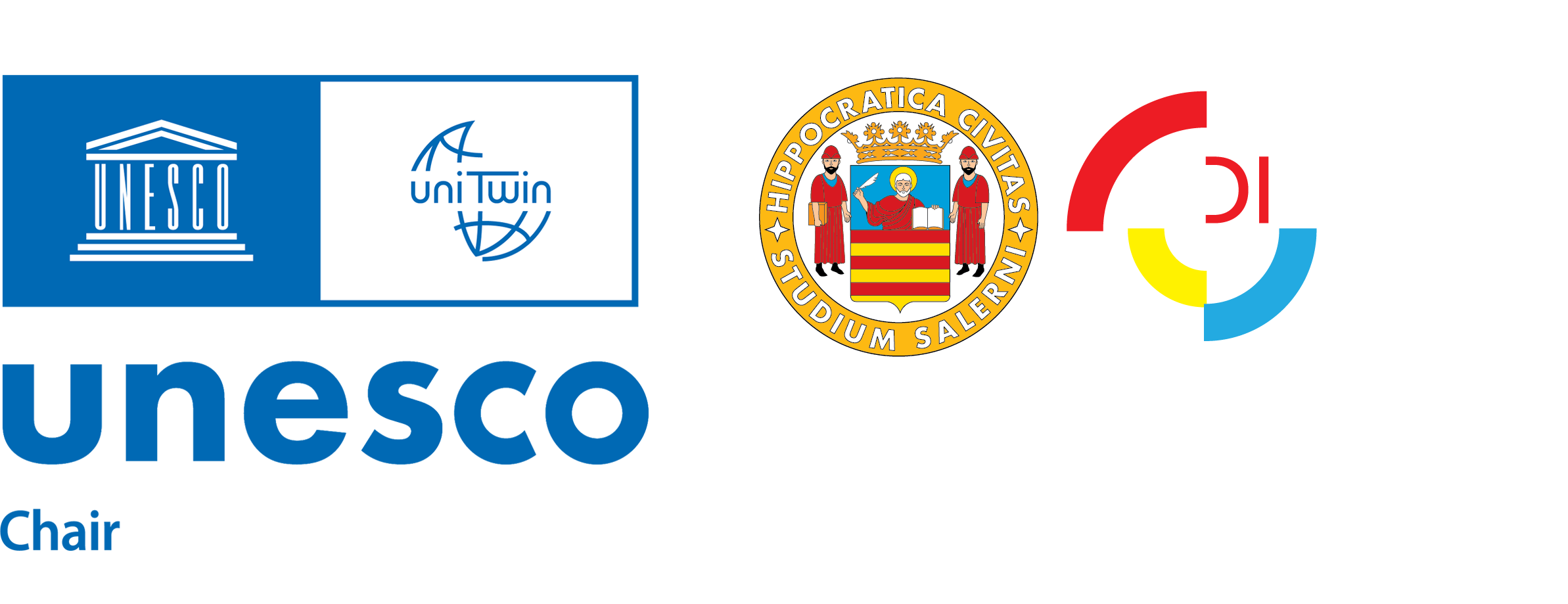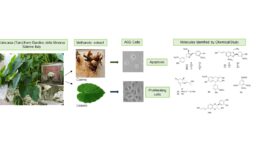The present report discusses brain visual experiences in conditions of low degree of openness of the brain toward the environment, for example, while dreaming, during meditation, or in non-ordinary brain activity states such as under the effects of psychoactive substances, in the state of coma, or in other states of reduced sensory perception, among others. In the present report, for brevity, such states are referred to as brain-mind visual experiences, implying that such a visual activity is not one connected to the actual vision as in the state of wakefulness. In the dissipative many-body model, the criticality of the dynamics is enhanced in low openness brain states and is at the origin of movie-like sequences of images in visual experiences. These sequences and the abrupt shifts from one image pattern to another are depicted by chaotic trajectories through the memory space. Truthfulness and realism felt in the visual experiences are discussed in terms of the algebra of the doubling of the degrees of freedom in the dissipative model. In the present discussion a few aspects of the visual experiences of a subject during an Amazonian Ayahuasca ceremony are considered.
| Authors | Tania Re, Giuseppe Vitiello UNESCO Chair “Anthropology of Health. Biosphere and Healing System”, University of Genoa, Genoa, Italy, Italy and2 Dipartimento di Fisica “E.R. Caianiello”, Università di Salerno, Fisciano (Salerno), Italy |
| Article | OBM Neurobiology 2020, volume 4, issue 2 |
| Ref. | DOI: 10.21926/obm.neurobiol.2002061 |


